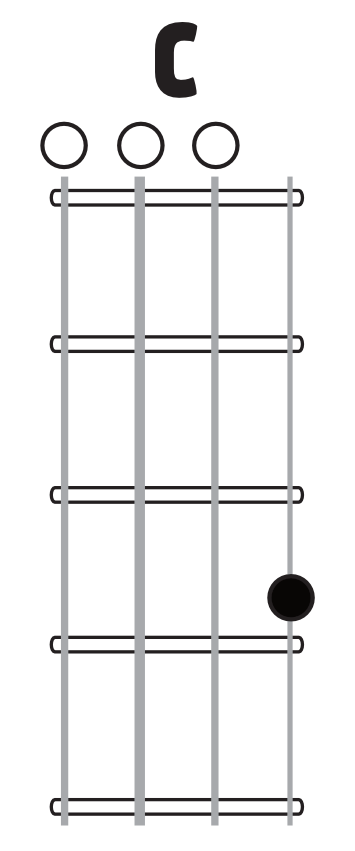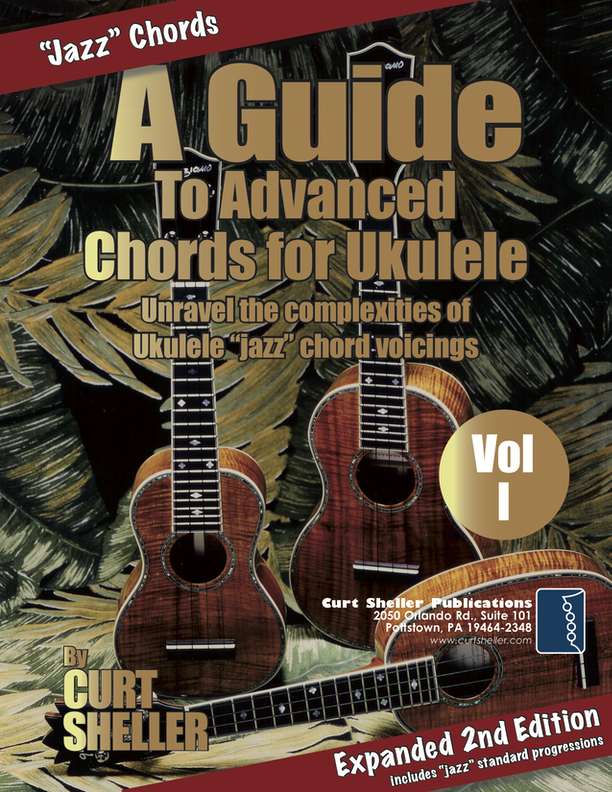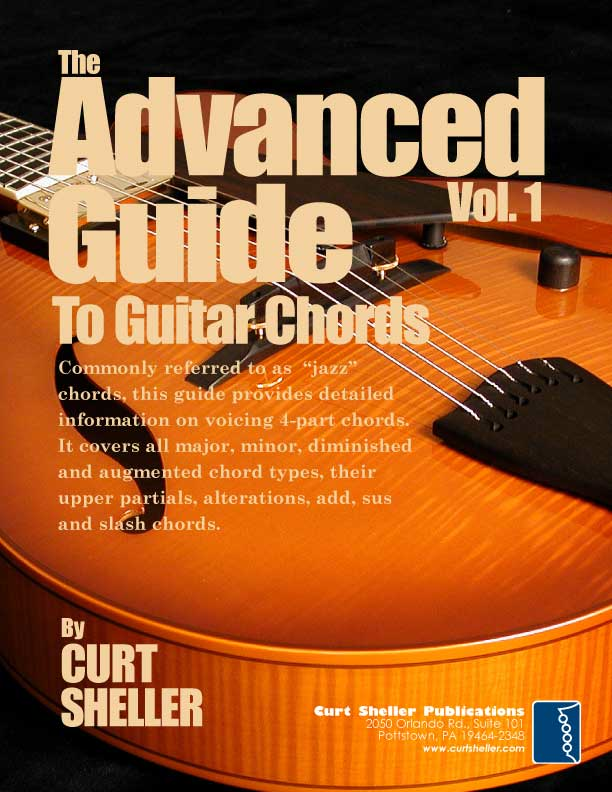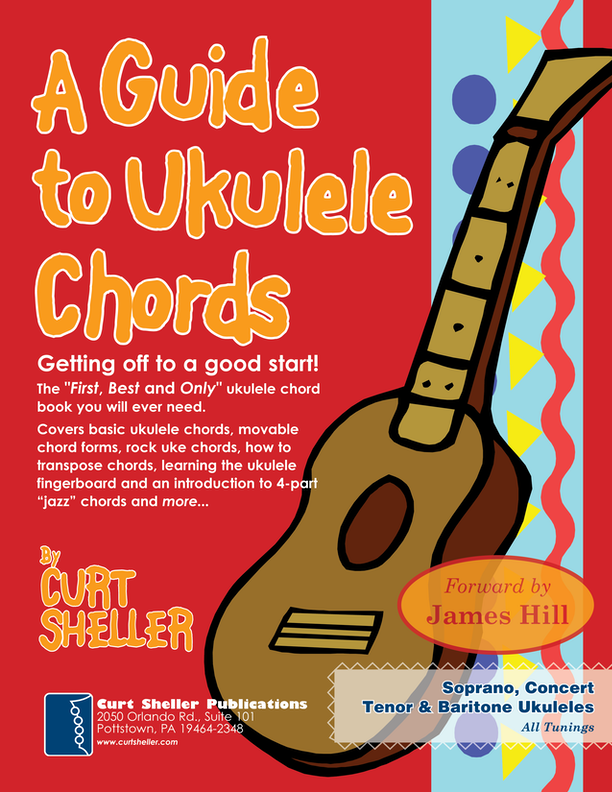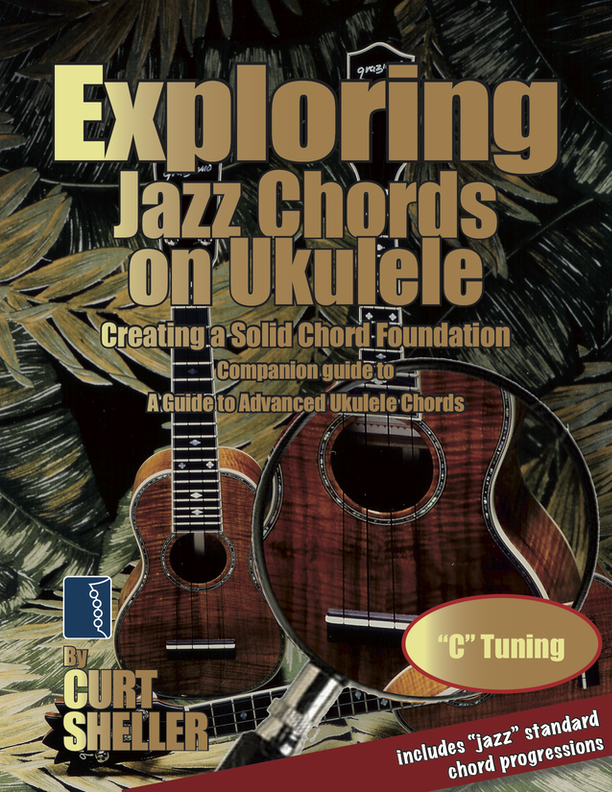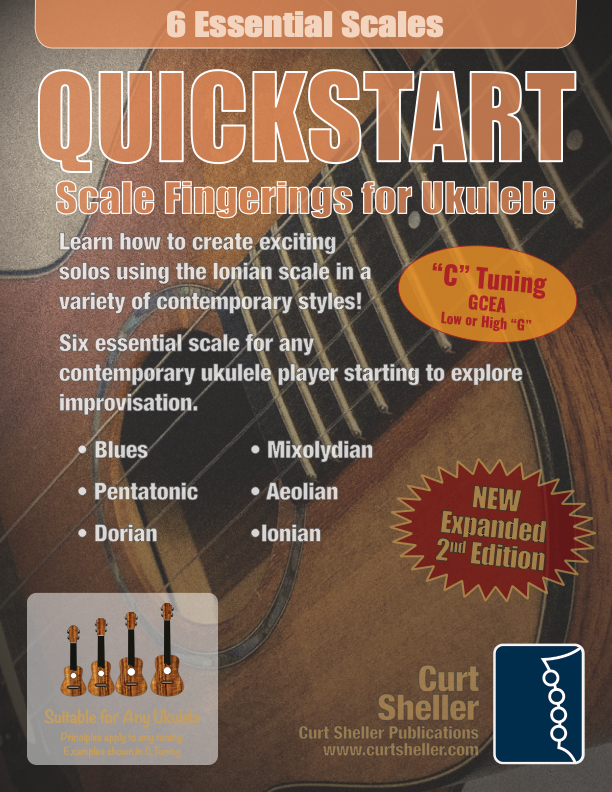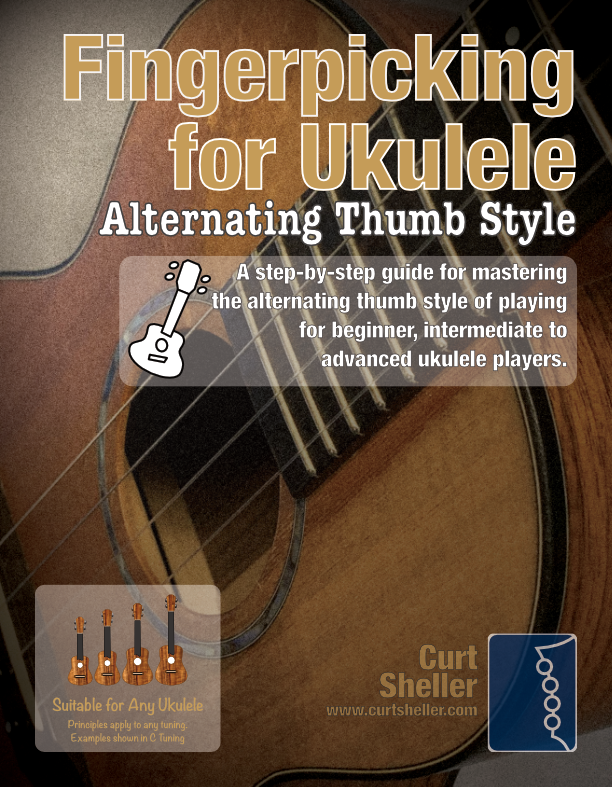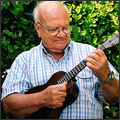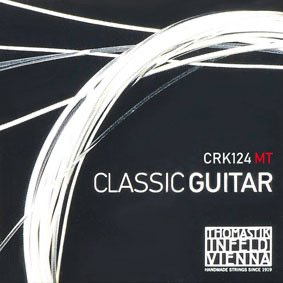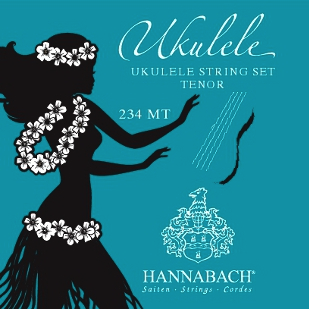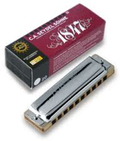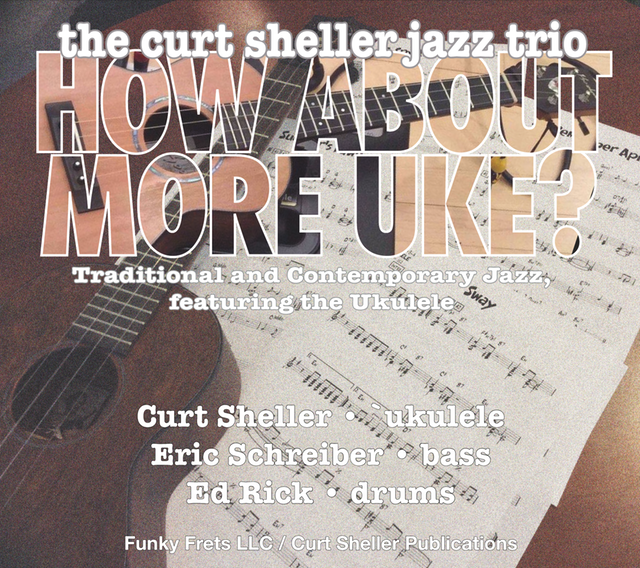Share A Guide to Ukulele Strums Introduction
on:
Bluesky
•
facebook
•
twitter (X)
LESSONSeries : A Guide to Ukulele Strums
A Guide to Ukulele Strums Introduction
One of the first skills a ukulele player learns is the art and craft of strumming, playing rhythm. This refers to an accompaniment technique suitable for the singer, singer - songwriter or someone who plays a support role for another instrument.
Additional Content
Available for Premium Site Access Plans Only
Sorry, can't give it ALL away!
This content requires a Premium / Gold Access Plan or enrolled in the Study with Curt - On-line or Private Lesson Program.
To view additional content for this page you'll need to either Sign In or Register or Upgrade to a Premium Site Access Plan.
There is a series YouTube videos of the virtual on-line workshop we (my daughter Kelly and myself) streamed live on Apr 4, 2020
Strumming requires a specific set of skills. They are: 1) Memorization of chords 2) The ability to switch chords smoothly and 3) The ability to choose and execute a suitable rhythmic strum. It is this 3rd skill that is our focus in “A Guide to Ukulele Strums”.
Though strumming looks natural to the casual observer, it is anything but natural to the beginning ukulele player. Even experienced players have difficulty in identifying and executing certain strums. Though this is one of those topics that is typically taken for granted, there is much to learn about rhythmic feels, accents, dynamics, strum direction, feel, percussive accents, idiomatic styles and tempo variation.
First and foremost, the subject of strumming is inseparably linked to rhythm. Though an ability to read rhythm is helpful, it’s not necessary to profit from this material.
“A strum is the execution of a rhythmic pattern — in a specific style”
Each strum is identified with a term that differentiates it from every other strum. This term is typically called a “feel”. Drummers learn these terms early in their studies so learning this language is not only helpful to learning the strums, it’s also helpful with communications among musicians in general and drummers in particular.
Strumming can be executed with fingers or with a pick. Regardless of your own style of strumming, it ultimately involves combinations of down strokes and up strokes.
In the finger style, down strokes can played with the thumb or the nail side of your fingers. Up strokes can be played with the thumb or fingers. Any technique is usable as long as you can differentiate between down and up strokes.
A metronome is helpful to these studies but not mandatory. The purpose of a metronome is to help develop a steady sense of rhythm and to help increase your awareness of tempo in a beats per minute format. Terms like medium or fast tempo are approximate. An expression like “quarter note equals 120” is exact. We’ll discuss strumming with and without the aid of a metronome.
All strums can be executed at any tempo.
One strum is different from another based on the stroke direction, the stroke density, the subdivision of the beat and the accent pattern.
Some Fundamentals
If you’re using a metronome, each click represents the so called down beat. The space between clicks is considered the up beat. The parallel to this without the metronome is the tap of your foot representing the down beat and the space between taps, the up beat. Down and up beats can be subdivided in many ways forming the basis of different strums.
Preliminary Exercise
As a way to get started, set the metronome speed on 60 or just tap your foot slowly and evenly. Strike any chord with a down stroke (i.e. towards the floor) corresponding to the click or tap. Though this could be considered a strum, for our purposes, it’s just a way to get familiar with the relationship between tempo (speed of the beat) and the down stroke.
Next, try to coordinate an up stroke (i.e. towards the ceiling) with the space between the clicks or taps. Don’t be surprised that the up stroke is more difficult than the down stroke, There are two reasons for this discrepancy. First, the up stroke is anti gravitational (pulls away from the ground). The second reason is that the space between taps or clicks is more abstract and difficult to locate than the down and is consequently, more prone to error.
Go back to your metronome set at 60 or your slow even foot tap. This time, strike the up beats (space between clicks or taps) with down strokes. It’s also valuable to up stroke the clicks or taps (down beats). Though not as natural, there will be important applications for this seemingly “backward” stroking.
Now that we’re familiar with some basic concepts, let’s begin!
Download the A Guide to Ukulele Strums below for more info.
Sign-IN — it's FREE — to view, un-blur any additional content for this lesson.
End of Lesson - Thanks, Hope You Enjoyed It!
Related Lessons, Videos, Lesson Series, Songs, Books & Reference Charts, Resources & Assets, Workshops are below.
Related Lesson Series
Related Lessons Series for A Guide to Ukulele Strums Introduction
.
Building Your Core Strums for Ukulele
Updated: 31 Jul 2023
Rhythm are in-separately linked to strums. Using the Modular Phonetic Rhythm System developed by Chuck Anderson this series of lessons start with the core four strums all ukulele players use and throughly digs in to the many variations possible.
Modular Phonetic Rhythm by Chuck Anderson
Updated: 01 Jan 2003
Modular Phonetic Rhythm represents a significant advance in the teaching and application of rhythm. Eliminating many inefficient aspects of rhythm education, Modular Phonetic Rhythm streamlines the traditional educational approach, resulting in a reflexive reaction to rhythm.
Ukulele Strums - Getting Started
Updated: 01 Jan 2003
Strums are in-separately linked to rhythm. Using the Modular Phonetic Rhythm System developed by Chuck Anderson this series of lessons starts with the core four strums all ukulele players use, need to know and throughly digs into the many variations possible.
Related Books & Charts
Related Books for A Guide to Ukulele Strums Introduction
.
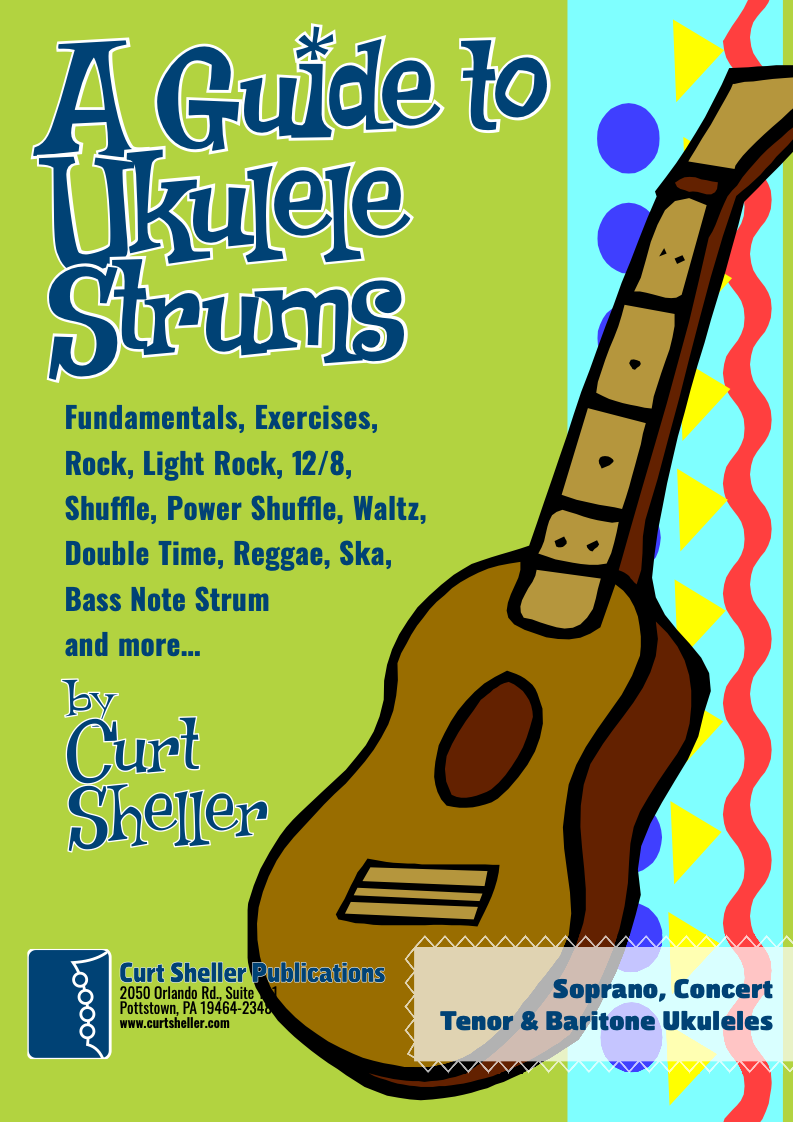
A Guide to Ukulele Strums
Updated: 26 Aug 2024
Learn a variety of strums and rhythmic patterns in wide range of musical styles. One of the first skills a ukulele player learns is the art and craft of strumming, playing rhythm. This refers to an accompaniment technique suitable for the singer, singer - songwriter or someone who plays a support role for another instrument.
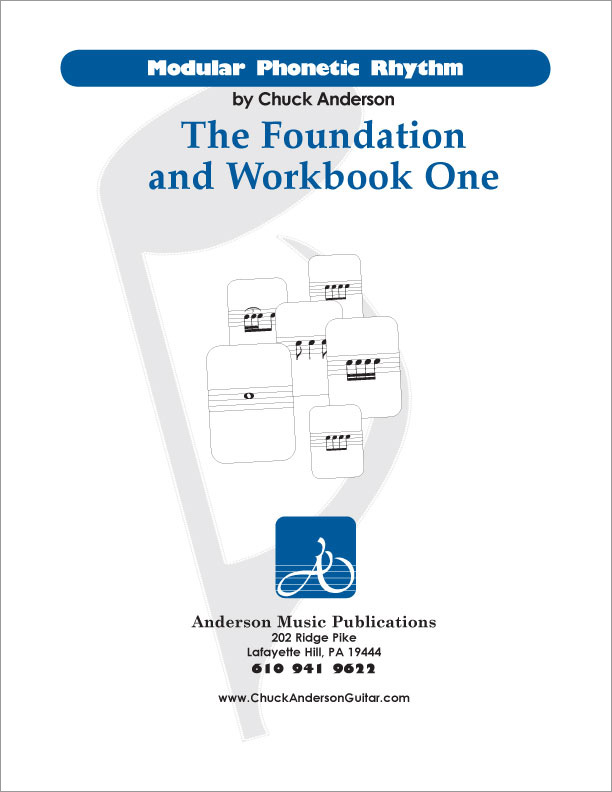
Modular Phonetic Rhythm, The Foundation and Workbook 1
Updated: 08 Dec 2021
Modular Phonetic Rhythm represents a significant advance in the teaching and application of rhythm. Eliminating many inefficient aspects of rhythm education, Modular Phonetic Rhythm streamlines the traditional educational approach, resulting in a reflexive reaction to rhythm.
A Selection of Books & Reference Charts that are recommended for creating a solid foundation with your chosen instrument and music in general.





Checkout the Books for additional Handy, Dandy Reference Charts.
Reference Charts



Key Signatures — Circle of Fourths and Fifths – ANSI A & A4 sizes
A handy reference chart of all 15 major and relative minor key signatures. US Letter 8.5 x 11 sized (ANSI-A), A4
Checkout the Books for additional Handy, Dandy Reference Charts.
